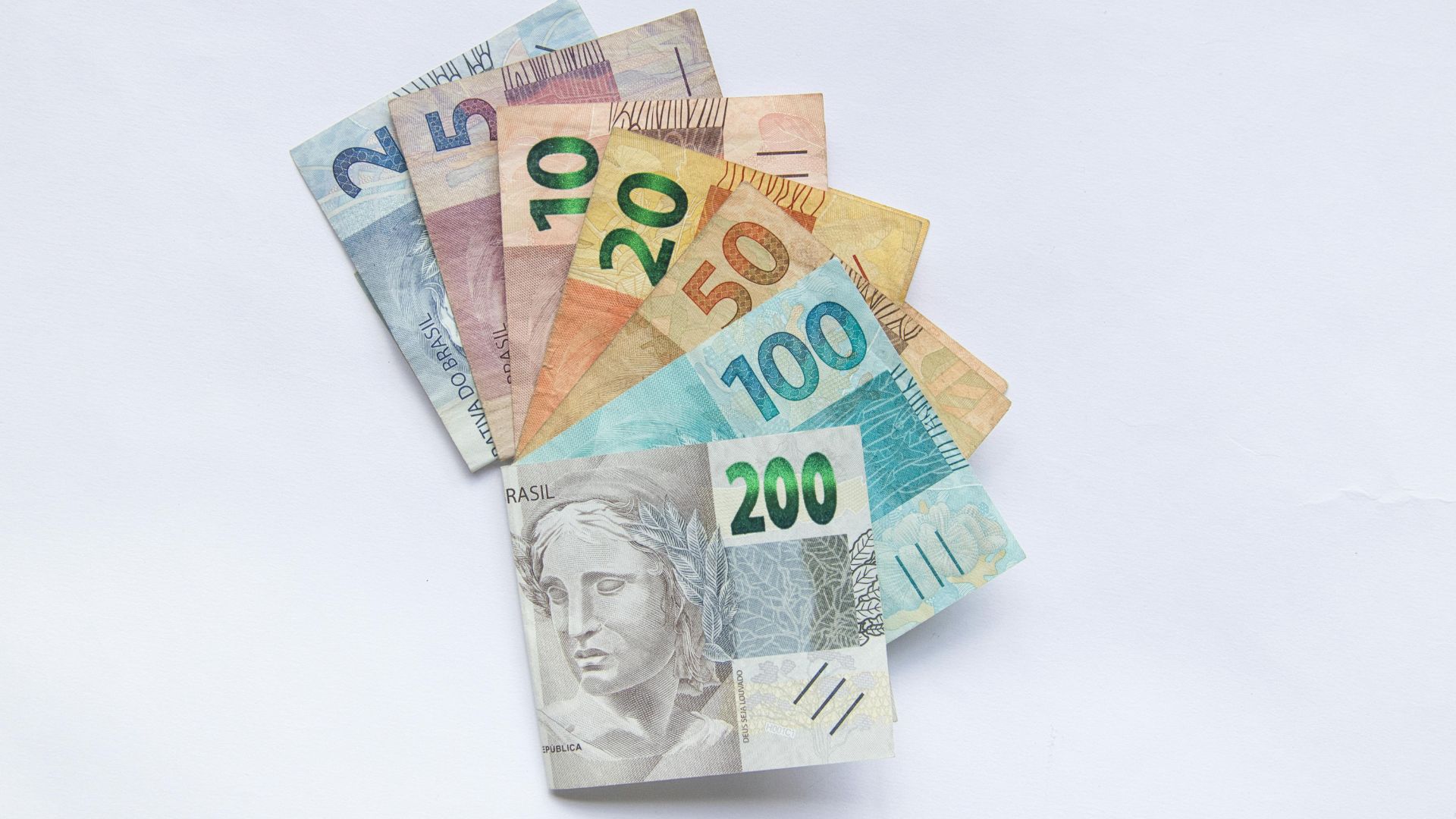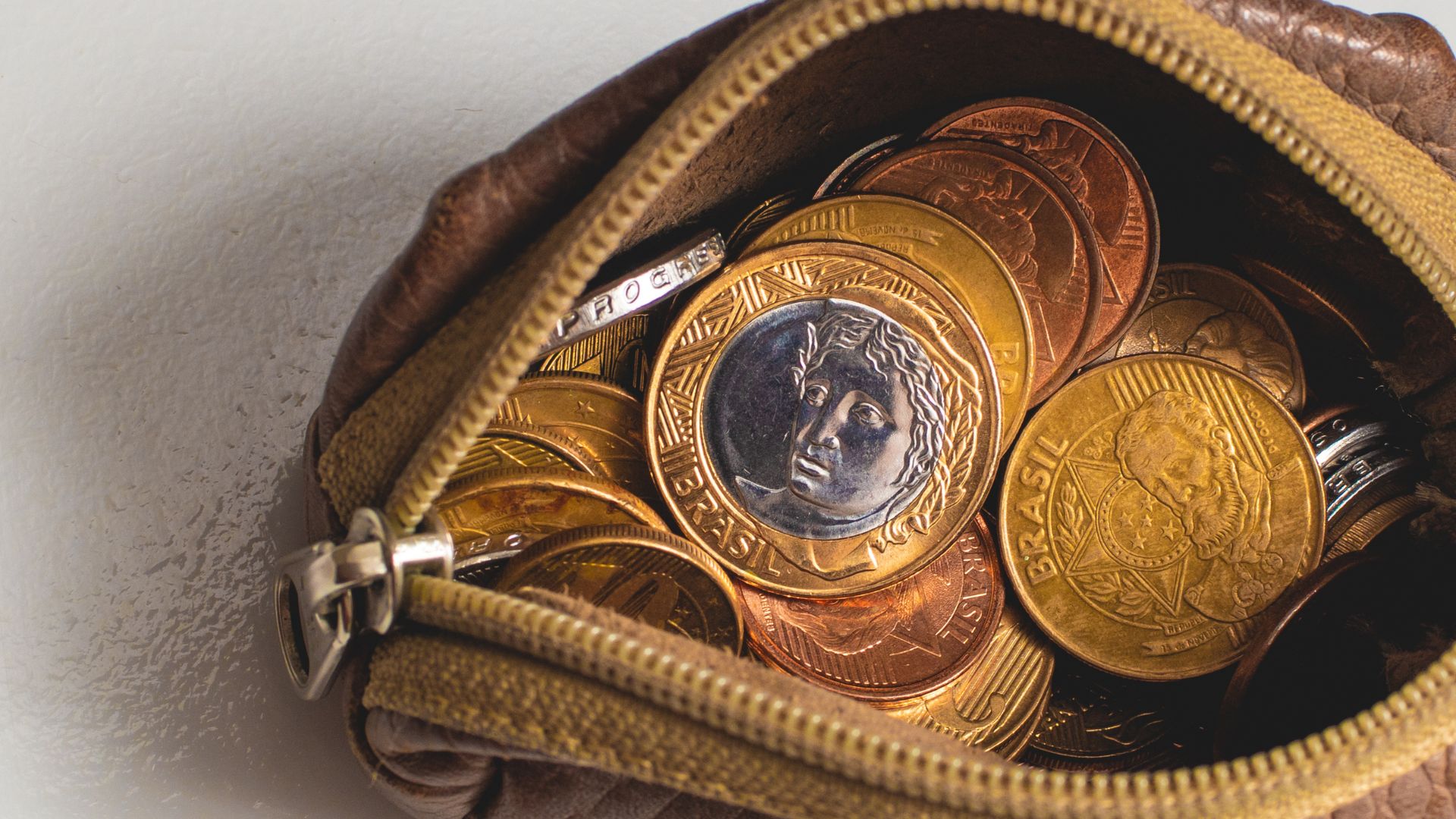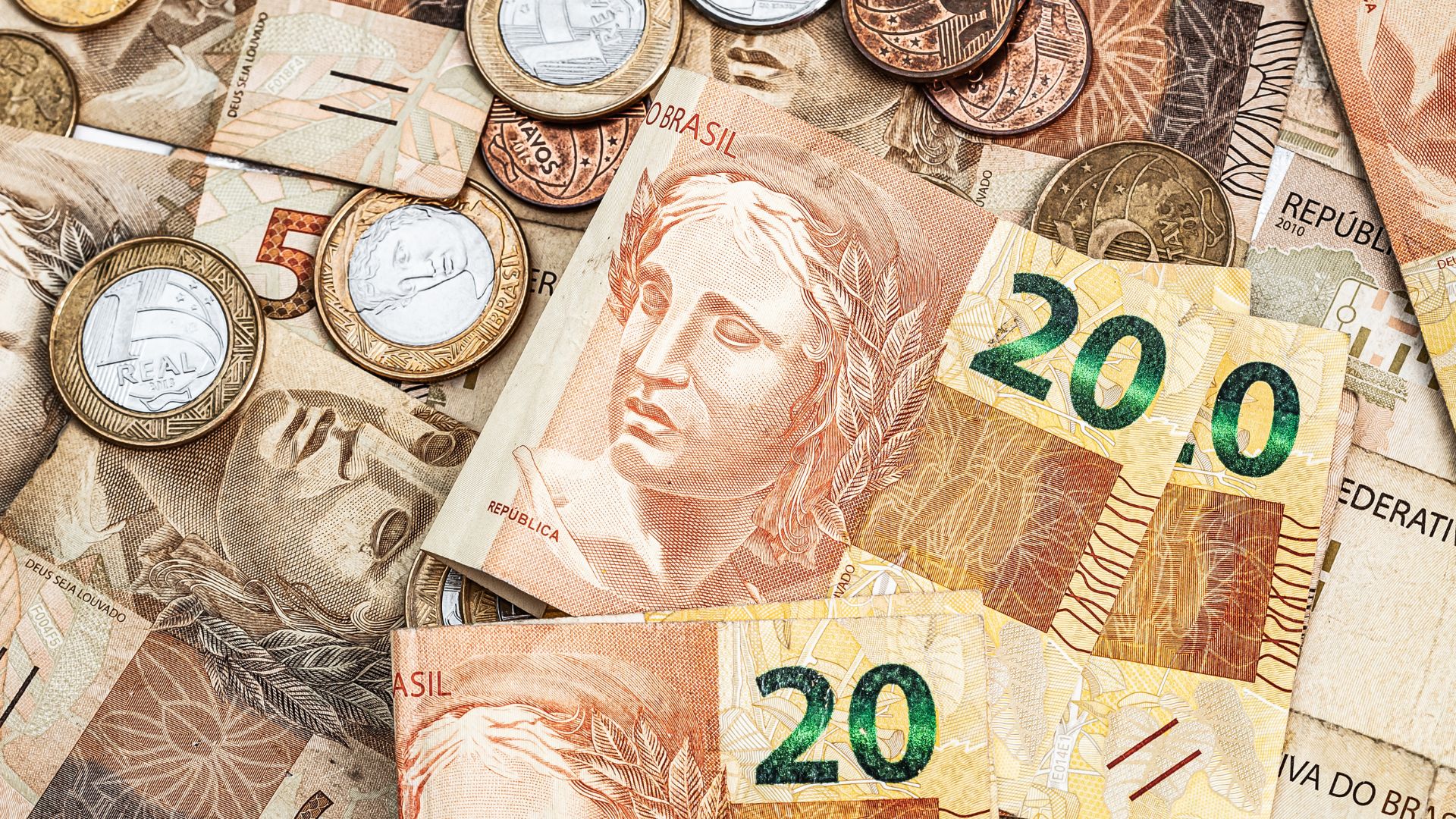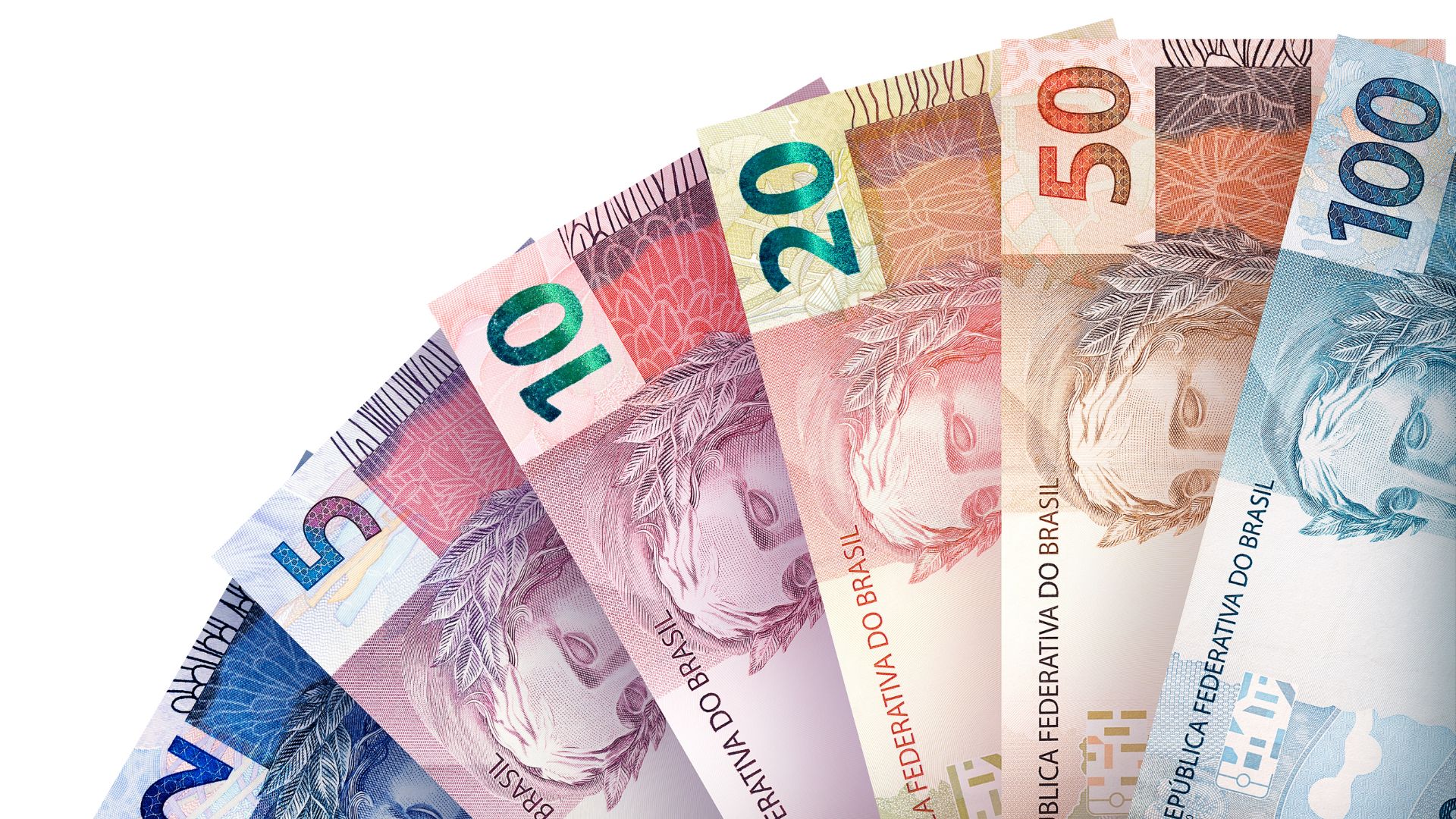“Wait, is this the right change?” I muttered, counting the colorful bills for the third time while the cafe server waited impatiently. The guy behind me in line let out an audible sigh. It was day two in São Paulo, and I was still fumbling with those strange purple and blue notes like a complete novice.
Look, nobody warns you enough about the money situation before you land in Brazil. Guidebooks cover the beaches and the food, but somehow overlook the actual currency you’ll need to enjoy them. After three trips and countless embarrassing moments at checkout counters, I’ve finally gotten the hang of the Brazilian Real – and I’m going to save you the awkward money-counting moments I suffered through.
Just to be clear: it’s pronounced “hey-OW” (not “real” like you’d expect), and don’t even get me started on the plural form. Let’s dive into everything you actually need to know about Brazilian money before your trip.
Understanding the Brazilian Real
The Brazilian Real (symbolized as R$ – not to be confused with the standard “$” used in other currencies like USD or CAD) is the official currency of Brazil. It was introduced on July 1, 1994, as part of an economic stabilization plan called “Plano Real” to tame the country’s hyperinflation. Each real is subdivided into 100 centavos, though you’ll rarely see the 1-cent coin these days.
What I find most charming about Brazilian money is the colorful designs featuring the country’s diverse wildlife. The banknotes are like a mini wildlife guide – you’ll handle turtles, fish, and even the elusive maned wolf in currency form!
Banknotes and Coins: What to Expect
Current Banknotes
When you visit Brazil today, you’ll encounter banknotes from the current series (introduced from 2010 onwards):
- R$2 – Blue note featuring a turtle
- R$5 – Purple note featuring a great egret
- R$10 – Reddish note featuring a macaw
- R$20 – Yellow note featuring a golden lion tamarin
- R$50 – Orange-brown note featuring a jaguar
- R$100 – Blue note featuring a grouper fish
- R$200 – Newest addition (introduced September 2, 2020) featuring the maned wolf

Top tip: The notes are different sizes, with higher denominations being larger. This was designed to help visually impaired users distinguish between them. They also have enhanced security features that are worth checking if you want to avoid counterfeits.
Coins You’ll Handle
- R$1 – The main coin you’ll use, easily recognizable with its bimetallic design (silver outer ring with a gold-colored center)
- Centavos coins: 5¢, 10¢, 25¢, and 50¢

Bear in mind that 1-cent coins are technically in circulation but are extremely rare – you’ll almost never receive them as change. Prices typically round up or down to the nearest 5 centavos.
Cash vs. Cards: What’s the Reality in Brazil?
One common misconception about Brazil is that it’s either completely cash-based or entirely cashless. The truth lies somewhere in between.
Cards are widely accepted throughout Brazil – even by many street vendors, small shops, and taxis in urban areas. I’ve bought coconut water on beaches where vendors pulled out card machines from their coolers! But this doesn’t mean you should arrive without cash.
The good news is that Brazil is far more card-friendly than many travelers expect. Almost every restaurant, shop, and hotel accepts credit and debit cards. Even street markets often have vendors with wireless payment terminals. That said, I still recommend carrying some cash for smaller purchases and as a backup.
For a typical trip, I suggest keeping around R$100-200 in cash on you for daily expenses. This covers you for:
- Small purchases from informal vendors
- Emergency situations
- Rural areas where card acceptance might be limited
- Those annoying moments when card machines are down
Exchanging Currency: Where, When, and How
Here are some average exchange rates for major currencies into the Brazilian Real (BRL). Keep in mind that rates fluctuate daily:
- 1 USD ≈ 4.90 to 5.10 BRL
- 1 EUR ≈ 5.30 to 5.60 BRL
Note: These are approximate ranges and can vary depending on:
- Real-time market rates on the day of exchange
- The spread or fee added by exchange services or banks
- Where you exchange (airports, banks, or currency exchange offices may offer different rates)
Now that you have a sense of the exchange rates, let’s look at the best times and places to get your money changed.
Before You Arrive
Should you exchange money before coming to Brazil? In my experience, it’s worth getting a small amount of reais in your home country just to cover immediate needs upon arrival – perhaps R$200-300 (enough for airport transport, a meal, and small incidentals).
But don’t convert large sums before your trip – the rates are almost always better in Brazil than abroad.
At Brazilian Airports
Airport exchange offices are convenient but come with a significant downside: unfavorable rates and high fees. I’ve seen tourists lose up to 15% of their money’s value through airport exchanges.
Top tip: If you must exchange at the airport, convert only what you need for immediate expenses, then find better options in the city.
ATMs: Your Best Friend (Usually)
Using ATMs from reputable Brazilian banks like Banco do Brasil, Bradesco, or Santander is typically your best option for getting local currency. They generally offer better rates than currency exchange offices.
But bear in mind:
- Use ATMs inside bank branches when possible (safer from card skimming)
- Be aware of withdrawal limits (both your bank’s and the local ATM’s)
- Some Brazilian ATMs don’t warn you when you’re exceeding daily limits
- Inform your bank about your travel dates to prevent card blocks
A common mistake I see is travelers trying to withdraw cash late Friday without planning ahead. Remember that Brazilian banks close on weekends, so plan your cash needs accordingly!
Currency Exchange Offices (Casas de Câmbio)
These are available in major cities and tourist areas and can be decent options if you shop around and compare rates. Always check for hidden fees before committing to an exchange.

Payment Cards in Brazil: Tips and Tricks
Credit vs. Debit Cards
Both credit and debit cards work well in Brazil, but credit cards often offer better fraud protection. If you have options, I recommend:
- Cards with no foreign transaction fees (like Capital One or Discover)
- Cards that offer cash back or rewards, even on international purchases
The savings from avoiding foreign transaction fees (which can be up to 5%) can add up substantially during your trip.
Dynamic Currency Conversion: The Tourist Trap
When making card payments, you might be asked if you want to pay in your home currency instead of Brazilian reais. Always choose to pay in reais.
Why? The so-called “convenience” of paying in your home currency comes with hidden markups that can cost you 3-7% more. It’s a common tourist trap that’s easily avoided.
Digital Payment Solutions
Services like Wise (formerly TransferWise) can be excellent for travelers. Their debit card offers competitive exchange rates and low fees for payments and ATM withdrawals in Brazil.
One limitation to note: While Wise is great for converting your currency to Brazilian reais, it currently doesn’t support converting reais back to other currencies. Plan accordingly if you expect to leave Brazil with excess local currency.
Contactless payments (like Apple Pay, Google Pay, or tapping your card) are accepted in most urban areas, especially in major retailers and restaurants.
Safety and Security with Money
Brazil has a reputation for pickpocketing and card fraud in tourist areas. But with some simple precautions, you can avoid most problems:
Cash Security
- Divide your cash between different places (some in your wallet, some in a money belt, some in your hotel safe)
- Be discreet when handling large amounts of cash
- Only carry what you need for the day
- Use ATMs in secure locations (inside bank branches or shopping malls)
Card Protection
- Keep your card in sight during transactions
- Beware of card skimming devices at ATMs (give the card slot a wiggle before inserting)
- Regularly check your account for unauthorized transactions
- Have your bank’s international help number saved in your phone
What I’ve found most helpful is having multiple payment options. I typically travel with two credit cards from different banks, a debit card, and some cash. This way, if one payment method is compromised, I’m not stranded.

Tipping Practices in Brazil
Understanding tipping expectations can help you budget properly and avoid awkward situations:
Restaurants and Bars
Most restaurants in Brazil add a 10% service charge (serviço) to the bill automatically. This is technically optional, but it’s customary to pay it unless the service was truly terrible.
If the service was exceptional, you can leave additional small change, but it’s not expected.
Taxis and Ride-Shares
Tipping taxi drivers isn’t customary in Brazil. Simply round up to the nearest real if you want to avoid dealing with small change. For ride-sharing services like Uber, the app typically handles payment with no tipping expected.
The good news for travelers on a budget is that tipping culture in Brazil is much less intensive than in countries like the United States.
Practical Scenarios and How to Handle Them
Beach Vendors
Brazil’s beaches are famous for their roaming vendors. When buying from beach sellers:
- Always ask “Quanto custa?” (How much does it cost?) before accepting anything
- Pay with small bills when possible
- Keep track of your tab if ordering multiple items
- Be aware that some vendors may try to charge tourists higher prices
I once had a vendor try to charge me for drinks ordered by people nearby, assuming I wouldn’t notice! Always verify what you’re paying for.
Markets and Street Stalls
Haggling is common and expected in informal markets. Here’s my approach:
- Start by offering about 70% of the asking price
- Be friendly – shopping should be enjoyable, not confrontational
- Be prepared to walk away (often the vendor will call you back with a better price)
- Cash is king in these scenarios – many small vendors prefer it even if they have card machines
Transportation and Logistics
When arriving at Brazilian airports:
- Arrange transport before arrival when possible
- Use official taxi stands rather than accepting rides from approaching drivers
- Pre-loaded transportation cards for public transit can be more convenient than buying individual tickets
Common Money Mistakes to Avoid
After multiple trips to Brazil, I’ve observed several common mistakes that tourists make:
- Not informing their bank about travel plans – Cards get blocked at the most inconvenient times
- Exchanging too much money at airports – Those poor rates add up quickly
- Assuming prices are in dollars – That R$50 caipirinha is not $50 USD (thankfully!)
- Not having a small amount of cash – Card systems occasionally fail
- Forgetting to check for the 10% service charge – Some tourists double-tip without realizing it
Planning Your Currency Needs by Destination
Brazil is a massive country, and currency practices vary by region:
Rio de Janeiro and São Paulo
In these major cities, cards are accepted almost universally. You’ll need minimal cash for small purchases and possibly for transportation.
Beach Towns (like Buzios or Florianópolis)
Smaller beach destinations often have more cash-based economies, especially for beach activities, smaller restaurants, and souvenirs.
Amazon Region
If your journey takes you to remote areas, bring more cash. ATMs can be scarce, and internet connectivity (needed for card transactions) may be unreliable.

Key Takeaways for Managing Money in Brazil
Understanding the Brazilian Real and how to handle money during your trip will make your Brazilian adventure much smoother. While no currency system is perfect, Brazil’s mix of cash and card acceptance offers flexibility for most travelers.
The biggest takeaways? Get a card with no foreign transaction fees, carry a modest amount of cash, always pay in local currency when using cards, and be vigilant about security without being paranoid.
Brazil rewards travelers who come prepared but are flexible enough to adapt to local practices. And remember – if all else fails, a friendly “Desculpe, sou turista” (Sorry, I’m a tourist) with a smile goes a long way when navigating currency confusion!